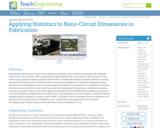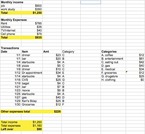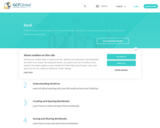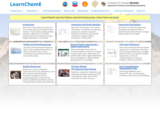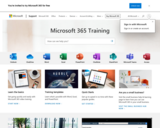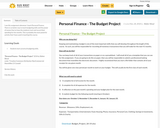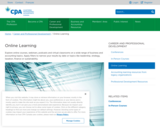
Live and on demand webinars about accounting careers and skills.
Explore online courses, webinars, podcasts and virtual classrooms on a wide range of business and accounting topics. Apply filters to narrow your results by date or topics like leadership, strategy, taxation, finance or sustainability.
- Subject:
- Accounting
- Business
- Computer & Digital Technologies
- Financial Literacy
- Information Processing
- Practical & Applied Arts
- Robotics & Automation
- Material Type:
- Activity/Lab
- Lesson
- Author:
- CPA Canada
- Date Added:
- 11/10/2023
